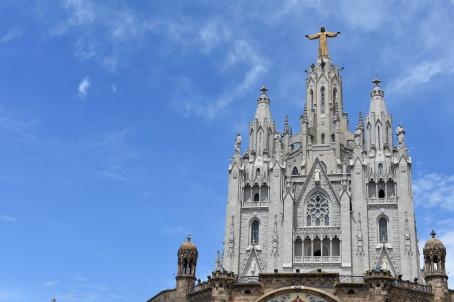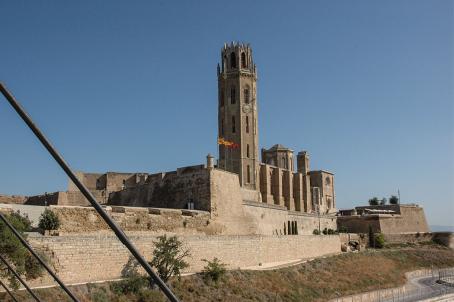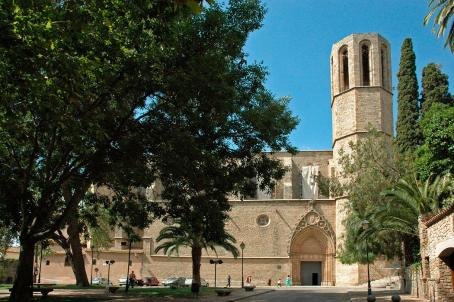Monastery of Sant Cugat

The Monastery of Sant Cugat was founded in the 9th century and dedicated to Saint Cugat (Cucufate) who according to tradition had died in that place. Today it is one of the most important examples of Romanesque religious architecture in Catalonia, but also in Europe.
About this building
It is believed that the monastery existed in the 6th century, although the first documentary evidence of its existence dates from 878. According to tradition, Saint Cugat (Cucufate) would have died in this place, a victim of the Diocletianic Persecution in the 4th century. The monastery lived a period of prosperity until the 14th century when the income and power of the community began to decrease. In the second half of the 18th century, a certain revival took place, which allowed the last works and reforms of the monastery to be undertaken. However, the 19th century would see the dissolution of the order and expropriation of the monastery.
For more information about this building visit https://www.monestirs.cat/monst/valloc/cvo16cuga.htm





